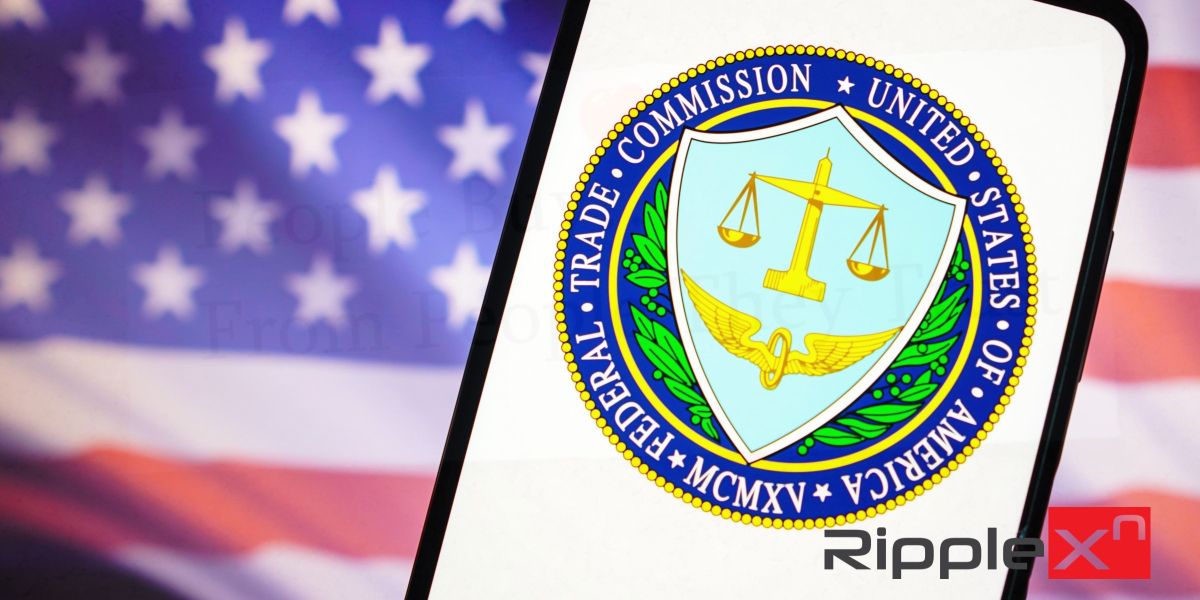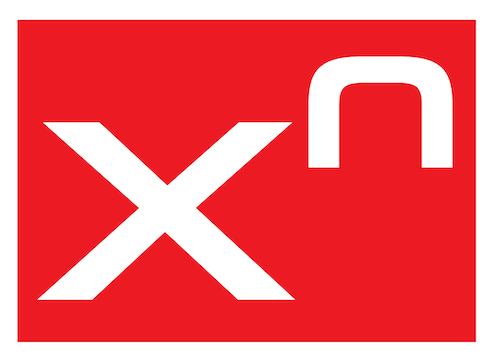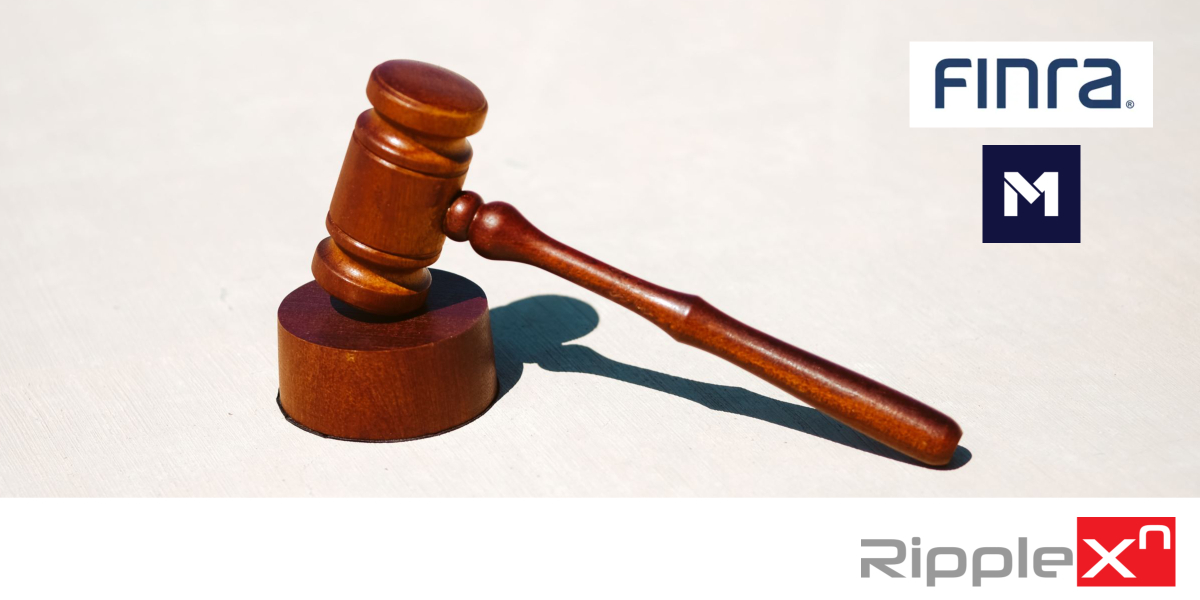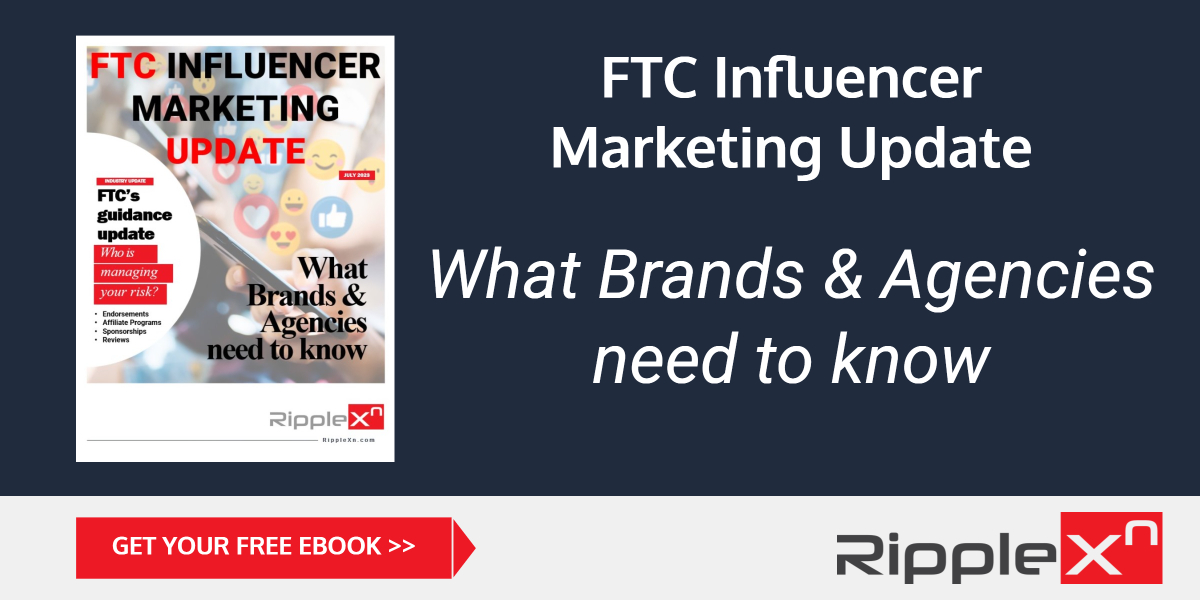Save yourself $50K x [insert Qty of outreach].
On June 29th, the USA based FTC released two major updates to the published endorsement guides. The first is 16 CFR Part 255 Guides Concerning the Use of Endorsements and Testimonials in Advertising, and the second is FTC Endorsement Guides: What people are asking.
Building momentum
These are not ‘new’ rules, rather much needed clarity on the existing rules and how to apply them in a constantly evolving media environment like social video.
The updates, in our view, are the closest representation of the day-to-day operations within influencer marketing with practical, real-world examples of what brands, their agencies, intermediaries, and influencers need to do to stay off the FTC’s radar.
Liabilities are explained, definitions are given, and enforcement action is laid out now at >$50,000 per infraction, (up from the previous amount of $43,792).
You’ll likely want to pick through the 121 pages over a coffee or seven, but for ease we’ll highlight the main points here.
The updates are biassed towards advertising to adults. When it comes to endorsements targeted at or viewed by audiences below the age of 18, the rules become stricter. For the purposes of this update, we’re talking about ‘everyday customers.’
Be cautious if you are marketing to children.
§ 255.6 says:
“Endorsements directed to children.
Endorsements in advertisements addressed to children may be of special concern because of the character of the audience. Practices that would not ordinarily be questioned in advertisements addressed to adults might be questioned in such cases.”
Key definitions and topics:
OK, let’s dive in. First up, “16 CFR Part 255 Guides Concerning the Use of Endorsements and Testimonials in Advertising”, details administrative interpretations of laws enforced by the Federal Trade Commission for the guidance of the public in conducting its affairs in conformity with legal requirements. In other words, the guides are not the rules verbatim. These are illustrative examples of how to apply the rules and further explanations to make that process easier.
The first half of the document reflects on the extensive public consultation process and references comments from those that responded to these proposed updates.
Before we get into the detail, let’s look at some of the more important standing definitions:
Endorsement:
Means any advertising, marketing, or promotional message for a product that consumers are likely to believe reflects the opinions, beliefs, findings, or experiences of a party other than the sponsoring advertiser, even if the views expressed by that party are identical to those of the sponsoring advertiser. Those activities include providing free product for review, privileged/early/loaned access, paid sponsorship, reimbursement… Basically if your access to a Product or its intermediaries differs from that of every other customer, it’s considered advertising.
Product:
Is defined as and includes any product, service, brand, company, or industry.
Unexpected material connections:
Section 255.5 addresses the need to disclose unexpected material connections between the endorser and seller of an advertised product. To be material, a connection must affect the weight or credibility the audience gives to the endorsement.
Clear and conspicuous:
‘Clear and conspicuous’, means that a disclosure is difficult to miss (i.e., easily noticeable) and easily understandable by ordinary consumers.
Visual or Audible Disclosure:
If a communication’s representation necessitating a commercial disclosure is made through visual means, the disclosure should be made in at least the communication’s visual portion; if the representation is made through audible means, the disclosure should be made in at least the communication’s audible portion; and if the representation is made through both visual and audible means, the disclosure should be made in the communication’s visual and audible portions. A disclosure presented simultaneously in both the visual and audible portions of a communication is more likely to be clear and conspicuous.
Truthful and substantiated:
Advertisers are subject to liability for misleading or unsubstantiated statements made through endorsements or for failing to disclose unexpected material connections between themselves and their endorsers. An advertiser may be liable for a deceptive endorsement even when the endorser is not liable.
James Beaven explained, “If you put all those definitions together and you pretty much have the gist of Section 255; if an influencer is Endorsing your Product and there’s an Unexpected Material Connection, they must be Clear and Conspicuous in making Visual and Audible Disclosures, which the advertiser must review and also check their statements are Truthful and Substantiated.” 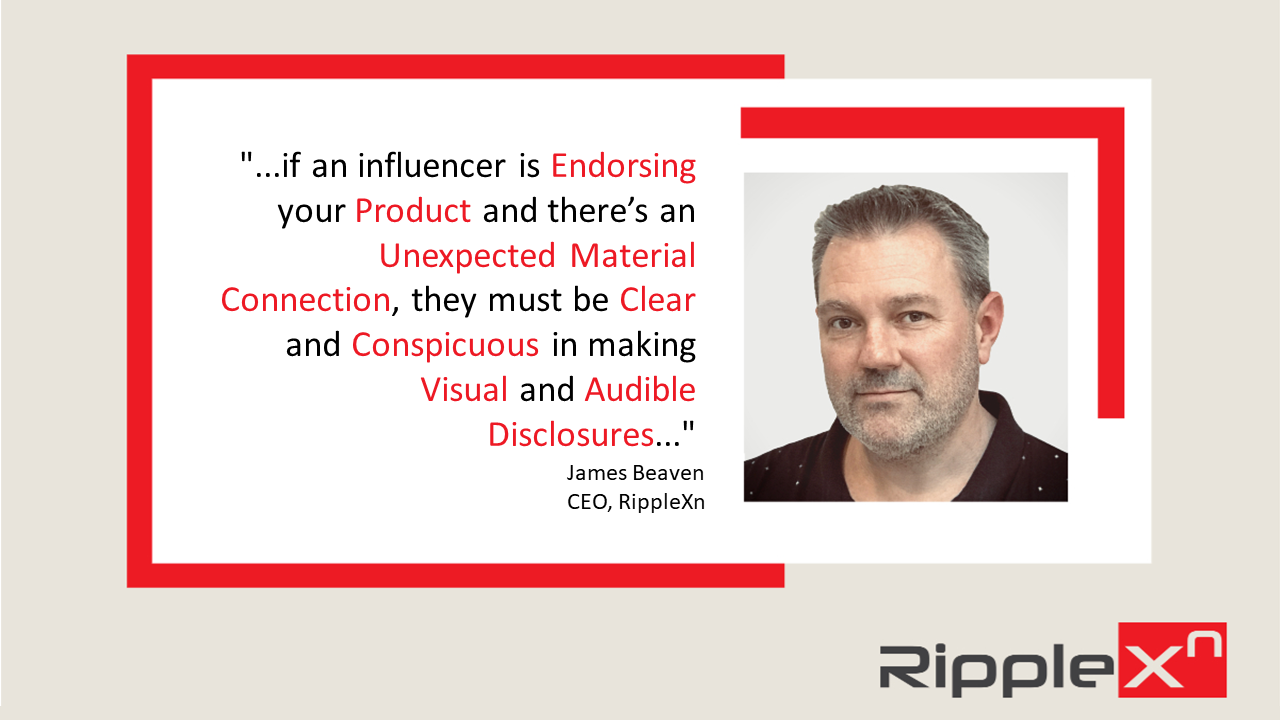
Easy, huh? It should be, but now we enter the realm of the ‘what if’ and ‘how do I’, and to the FTC’s credit they’ve wisely listed very real-world instances and Q&A to support the guidance - and I do mean real-world, not a made up approximation or watering down of questions that happen to fit the answers.
Be warned: the FTC makes clear there’s nothing in either of these documents that offer safe harbour. This isn’t an approval process; it’s an exercise in ensuring everyone plays by the same rules. To quote: “The FTC generally considers practices deceptive if they involve a material representation, omission, or practice that is likely to mislead a consumer acting reasonably under the circumstances. The exact sanctions would likely depend on the specifics of the case, including the nature of the violation and the harm caused to consumers.”
This FTC is clear, if you are running an influencer marketing campaign, you need to monitor it. Simple as that.
They have detailed the liability. They have made it clear that you need to do your risk assessment and take all mitigations necessary based on how risky you are, and that there is no safe harbor within this guidance document in enforcement.
This is the game changer. The FTC have a long-arm. Are your best practices, the best they can be?
If you are running campaigns for yourself or for your clients and need help monitoring talk to the RippleXn about our solutions that can.
